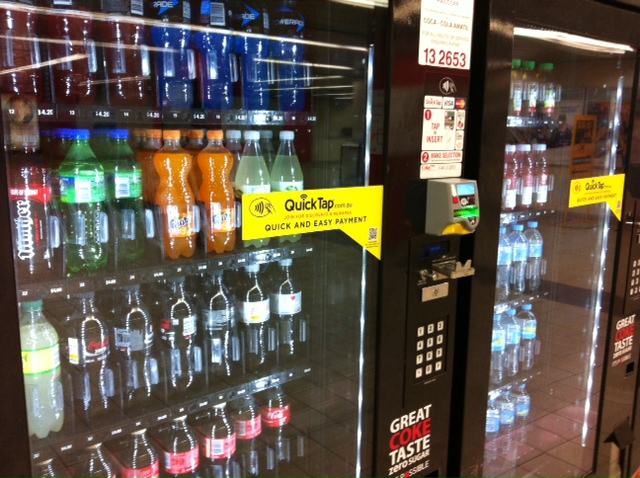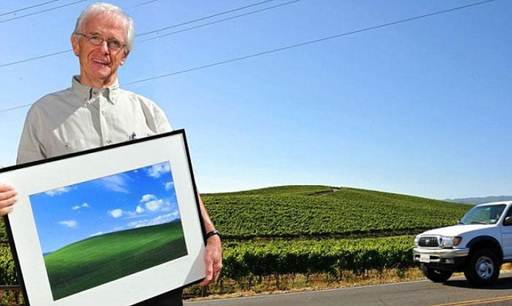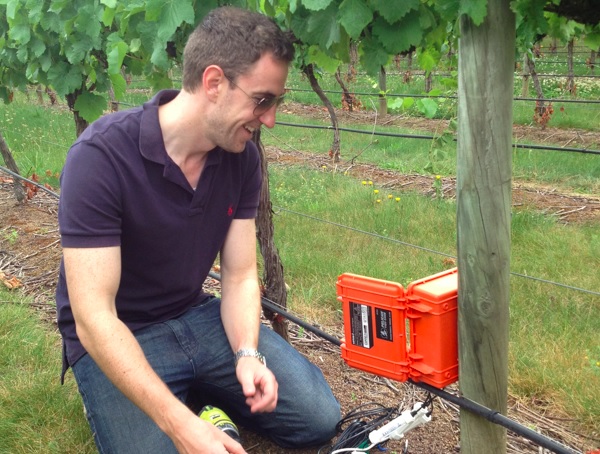Microsoft has come late to the Internet of Things party, but it is has a good angle with it’s ‘Internet of Your Things’ tagline.
General Manager of Microsoft’s embedded systems division, Barb Edson, spoke with Decoding The New Economy about the company’s strategy with the Internet of Things.
For Microsoft, the emphasis is on the enterprise side of the business with Edson describing their strategy of “B2B2C” where the value in the IoT lies in managing the data for the businesses providing consumer services.
Most notable is the company’s IoT tagline, as Edson says; “from Microsoft’s perspective we view the Internet of Things as ‘the internet of your things.”
“Lots of companies out there talking about the Internet of Everything that there’s 212 billion devices, why do you care as business executive. You care about your things.”
Microsoft’s strategy is based on leveraging their own assets such as Azure cloud services, SQL Server and Dynamics along their customers’ existing infrastructure.
This retrofitting the internet of things to existing infrastructure is illustrated by Microsoft’s using the London Underground as its main reference site.
Connecting all 270 stations of London’s 150 year old Tube network to the IoT is a massive undertaking and one that can only be done by retrofitting existing monitoring and SCADA systems.
Interestingly the case study only look at Phase One of what appears to be pilot project in selected locations, the Microsoft spokespeople were a little unclear on this when asked.
The London Underground is only one example of millions of organisations that will grapple with adding existing equipment to the internet of things in coming years; it’s an opportunity that Microsoft has been smart to identify.
Edson however is clear on how Microsoft intends to help companies deal with the information overload facing managers, “I think the most exciting thing is we’re seeing real business problems being solved.”




